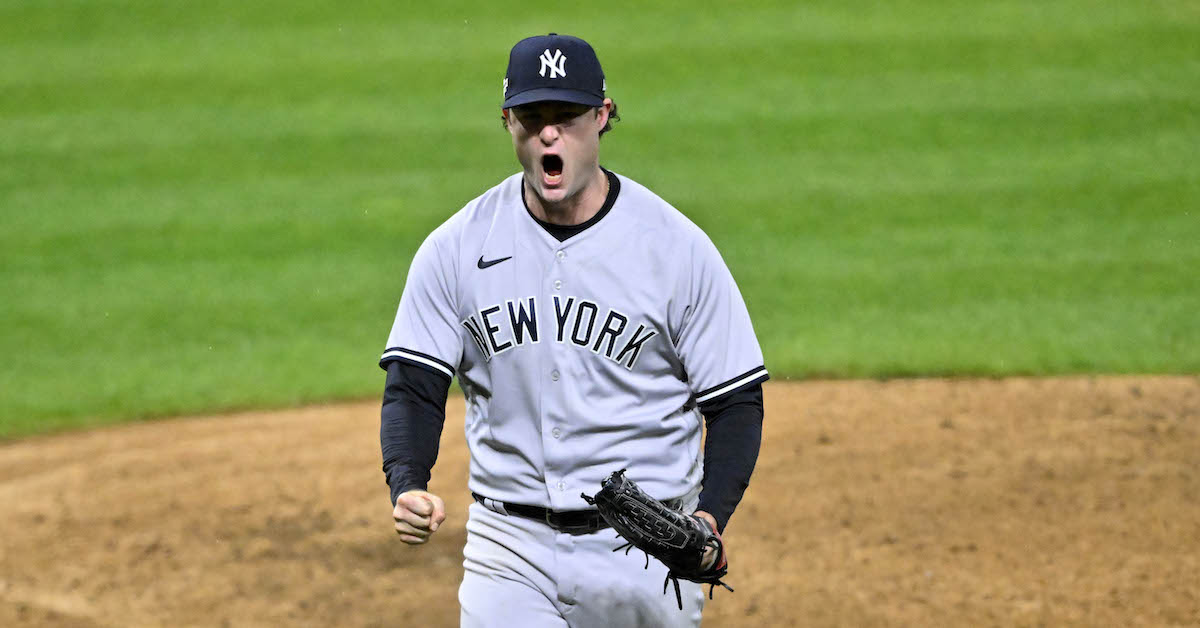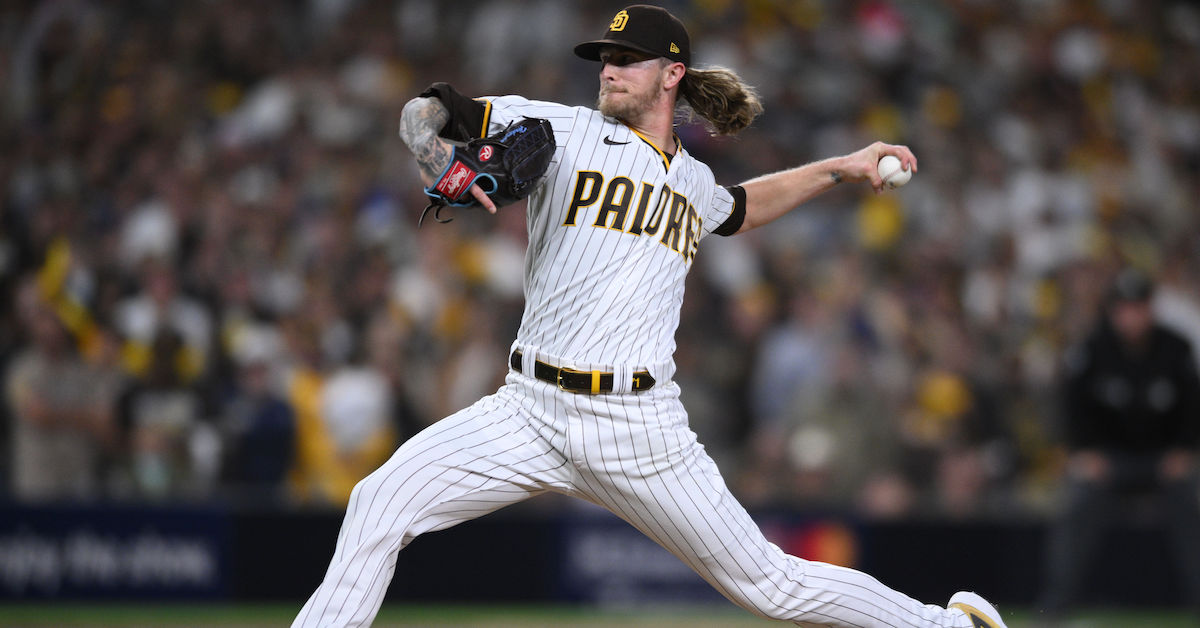The Same and Yet Altogether Different

SEATTLE – My train begins to fill with Mariners fans. Most are wearing jerseys, but others are outfitted in more home-made looking fare. A young woman sports a dress covered in the team’s logo; its skirt is puffed slightly by teal tulle, with navy bows on her shoulders holding the whole thing upright. Further down the car is a man in a 1995 Division Series shirt. His snowy goatee suggests that unlike the sweatshirt I own of similar vintage, his wasn’t a thrift store find; I wonder if the one he’s wearing smells musty like mine first did. Much of the chatter is about the day finally being here, and how long they’ve all waited, how many disappointments they’ve registered in the years since 2001. I’m surprised by how little I hear about Seattle’s chances today, as if no one dares to entertain the possibility of a tomorrow with baseball, or one potentially without it.
A few stops later, a member of the University of Washington marching band steps off the train; upon seeing his regalia, a couple near me wonders if the football game, which kicks off around 2:30 PM, will cause trouble for their ride back home from SODO. “These cars can get so crowded, you know.”
As I approach the media entrance, lines snake around the ballpark, and the coffee cups and puffy eyes make clear that some of these folks have been here a while. The gates don’t open for another hour and a half, but after almost 21 years, what’s a little more waiting? Read the rest of this entry »












